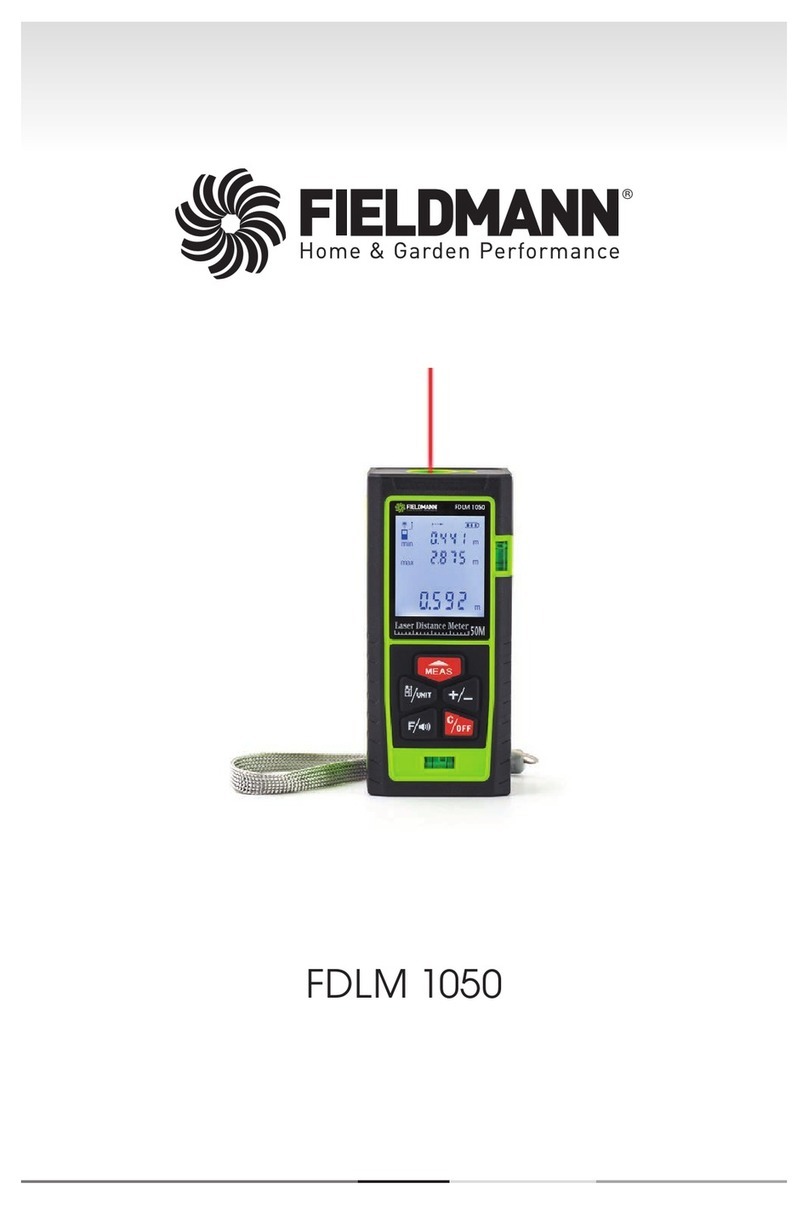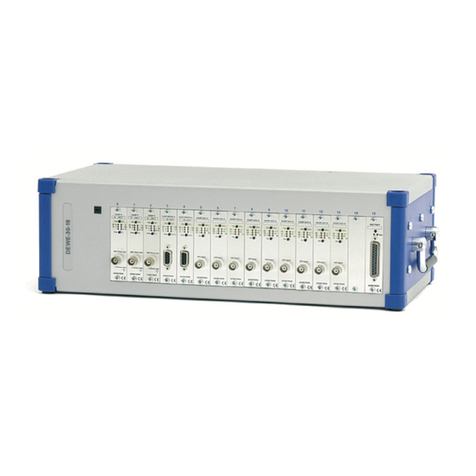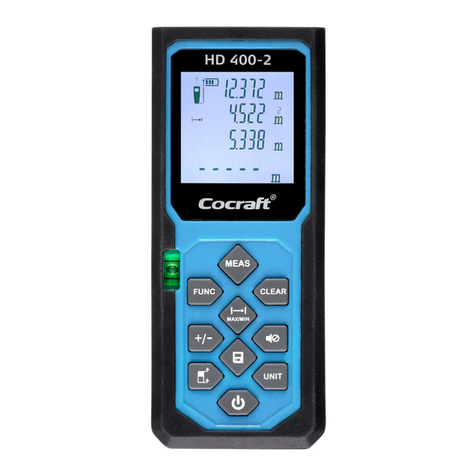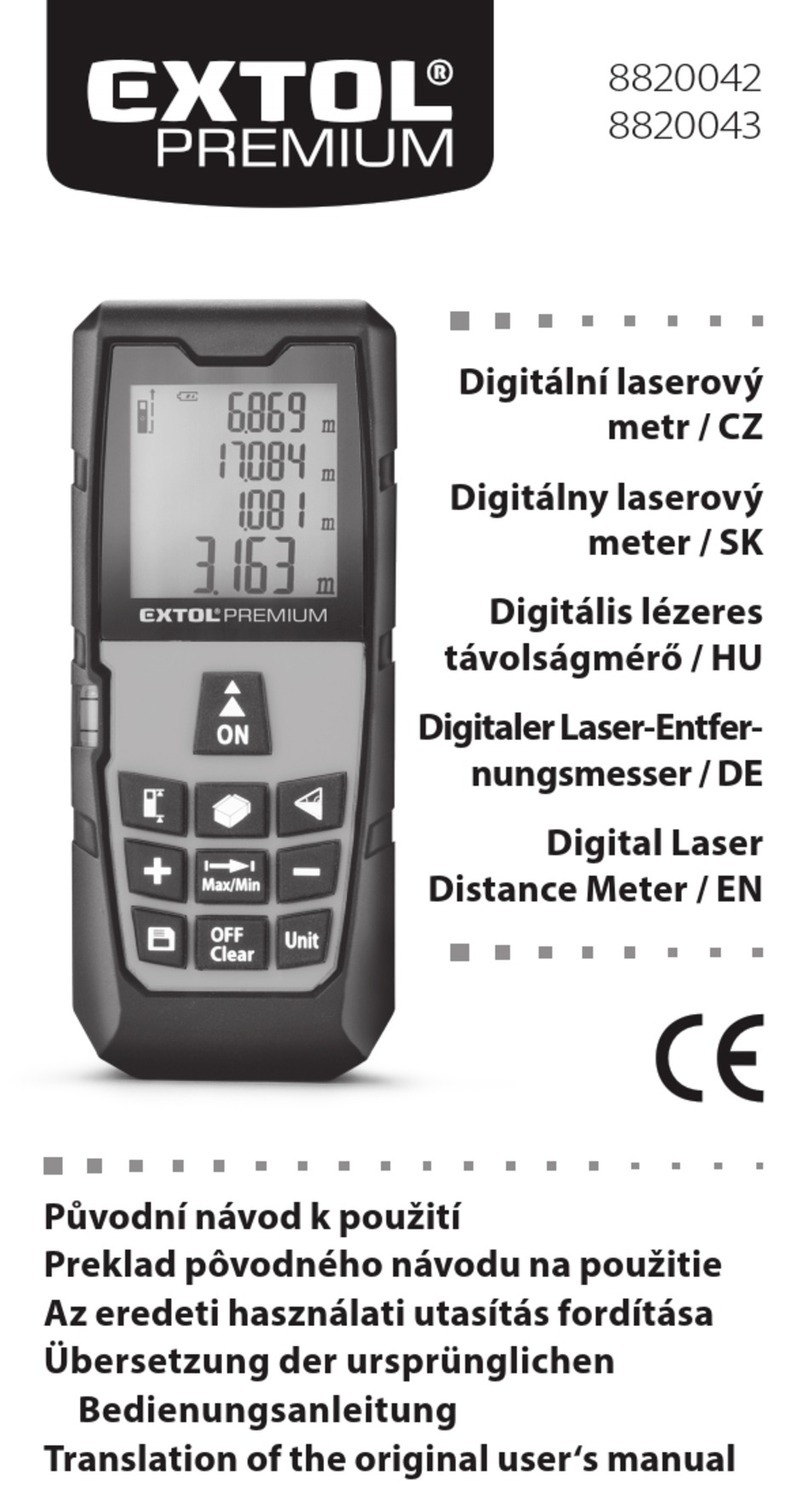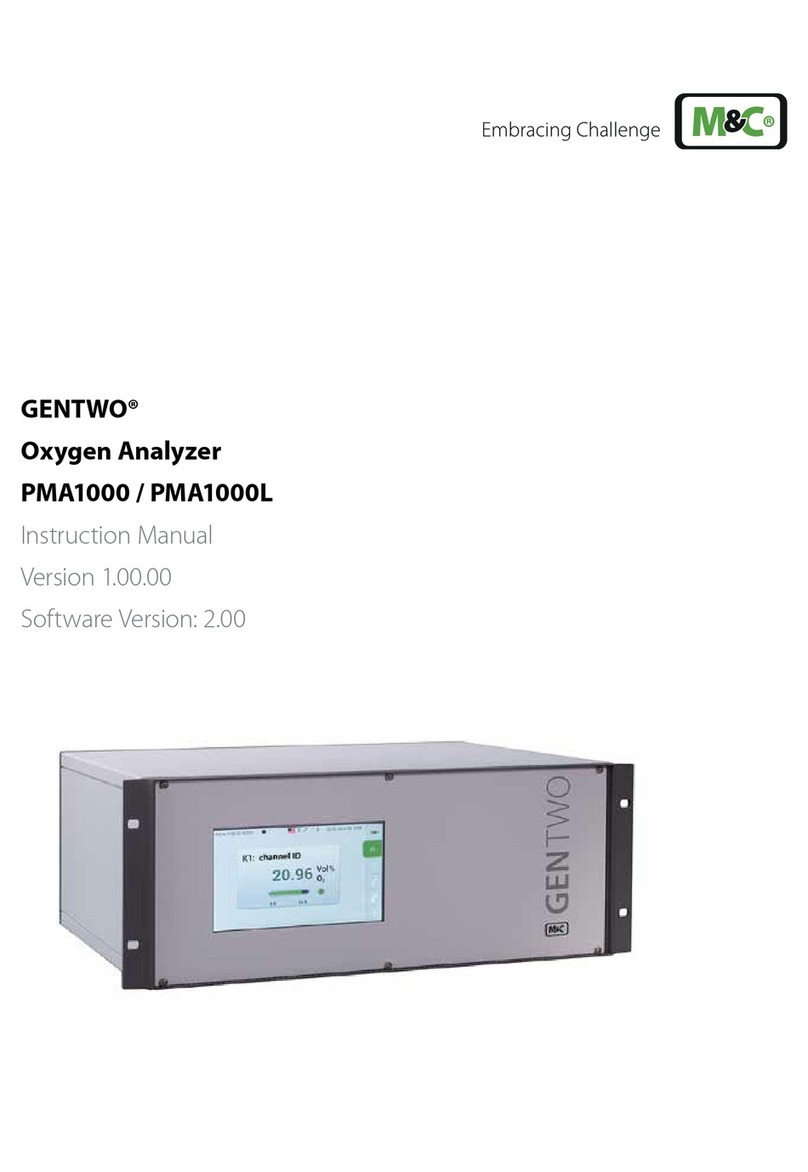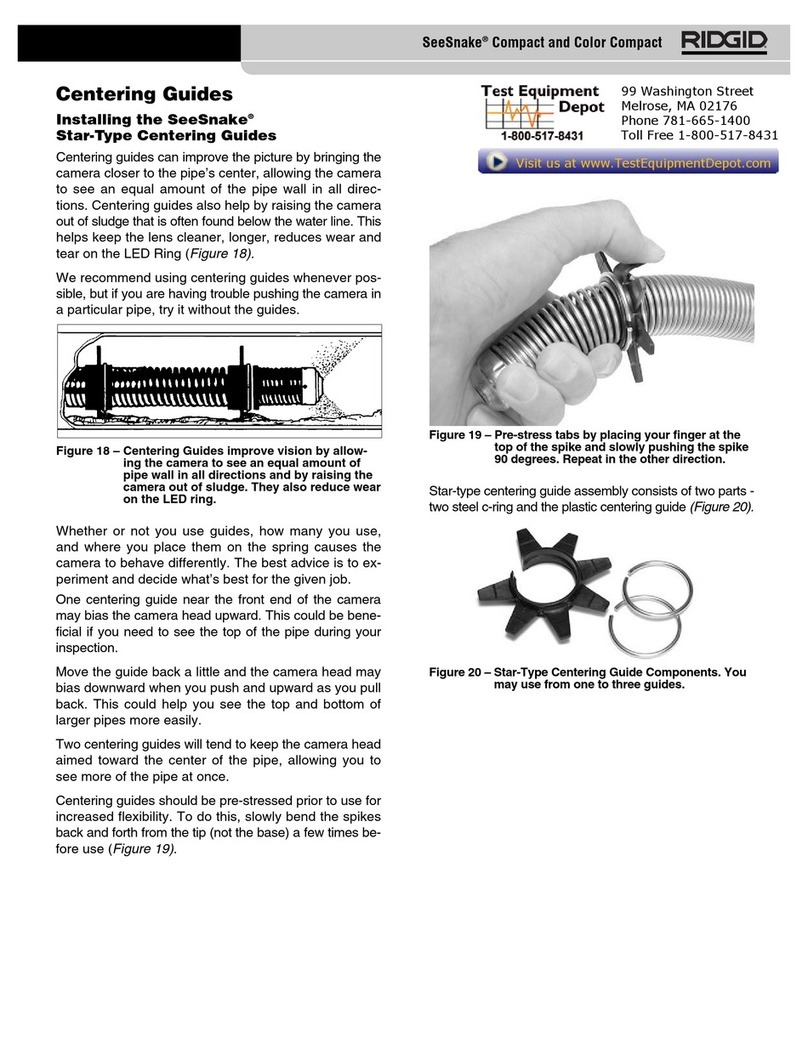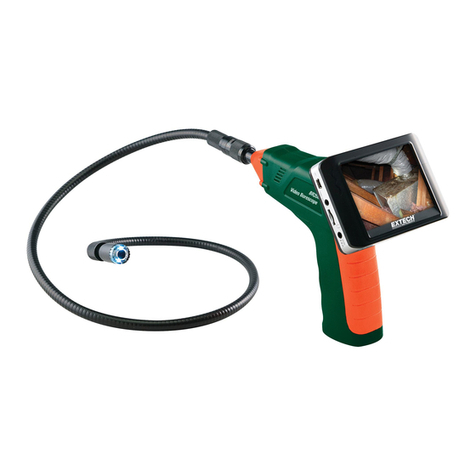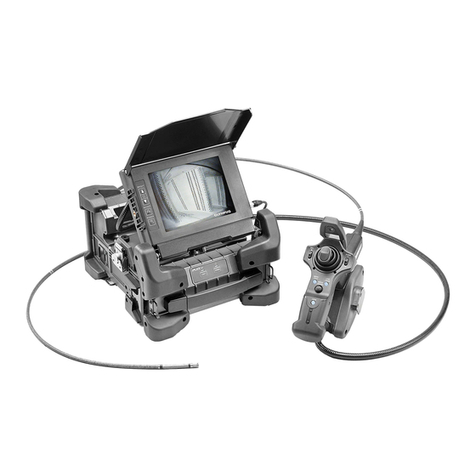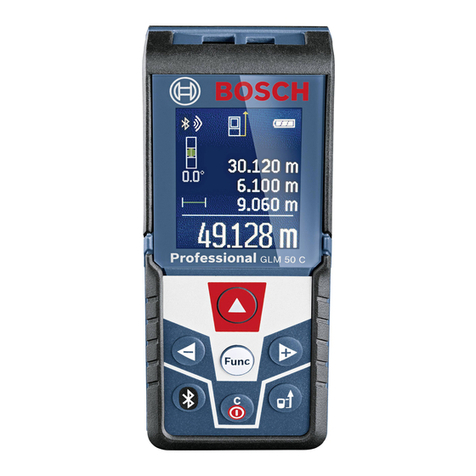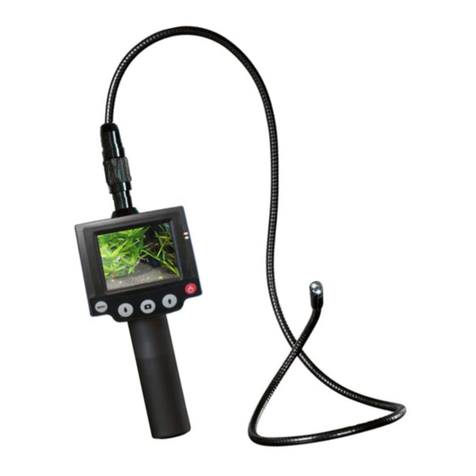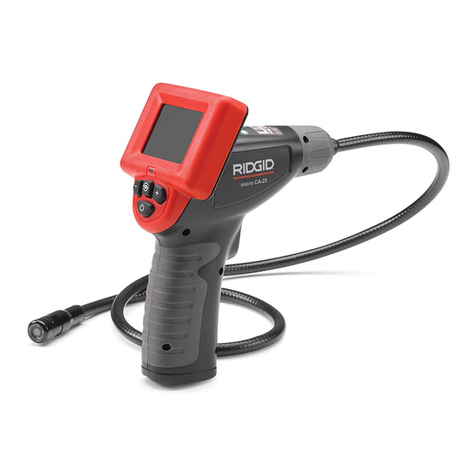
Page 8
Gate array (SLA912SF3S) Pin Description
No. Signal In/Out Description No. Signal In/Out Description
1 A4 In Address bank 65 TEST1 In Test
2 A3 In Address bank 66 TEST2 In Test
3 A2 In Address bank 67 TEST3 In Test
4 A1 In Address bank 68 FSET In F-Set
5 A0 In Address bank 69 FVEC In V-Vec
6 VSS1 In Power 70 (V50ON) Out 50V on
7 AD7 In/Out Address bus 71 VSS1 In Power
8 AD6 In/Out Address bus 72 (POE1) Out Refresh
9 AD5 In/Out Address bus 73 (POE0) Out Refresh
10 AD4 In/Out Address bus 74 (PWE) Out Write enable
11 AD3 In/Out Address bus 75 (PCS1) Out Chip select
12 AD2 In/Out Address bus 76 (PCS0) Out Chip select
13 AD1 In/Out Address bus 77 Laser Out Laser
14 AD0 In/Out Address bus 78 LSRSIG IN L-signal
15 Vss1 In Power 79 (LZON) Out Laser on
16 IRQ7 Out IRQ request 80 GAIN Out L-gain
17 IRQ6 Out IRQ request 81 LSRTIM In L-timer
18 IRQ5 Out IRQ request 82 VSS1 In Power
19 IRQ4 Out IRQ request 83 BATSW In Battery switch
20 (MCS) Out Chip select 84 (PWIR) Out Infrared ray power
21 (RD) In Read 85 IRCTR Out Infrared ray control
22 (PWD) Out Power down 86 (INIT) In Initial
23 RES1 In/Out Reset 87 (HOLON) Out Hold
24 (FWE) Out Write enable 88 IOBOX In Hole
25 (FOE) Out Output enable 89 FRST In Reset
26 (CS3) In Chip select 90 KX4 In/Out Key common
27 (CS2) In Chip select 91 KX3 In/Out Key common
28 (CS1) In Chip select 92 KX2 In/Out Key common
29 VDD1 In Power 93 KX1 In/Out Key common
30 (CS0) In Chip select 94 KX0 In/Out Key common
31 (WAIT) In Waiting 95 VDD1 In Power
32 (CS6) In Chip select 96 (ONKEY) In On
33 (WR) In Write 97 IX10M In Crystal oscillator
34 IRQ0 Out IRQ request 98 OX10M Out Crystal oscillator
35 IRQ1 Out IRQ request 99 VSS1 In Power
36 IRQ2 Out IRQ request 100 (TRIG) In Trigger
37 IRQ3 Out IRQ request 101 KY5 In/Out key
38 NMI Out NMI request 102 KY4 In/Out key
39 (RXD1) Out Receiving data 103 KY3 In/Out key
40 TCLK Out Clock 104 KY2 In/Out key
41 VSS1 In Power 105 KY1 In/Out key
42 SCLK Out Clock 106 KY0 In/Out key
43 SCLKI In Clock 107 BLL Out Back light
44 (TXD1) In Sending data 108 BLR Out Back light
45 TCA2 In/Out In/Out compare (Ch 2) 109 (LCDWE) Out LCD W/E
46 (LBM1) In Low battery 110 (CRST) Out CPU reset
47 (V12ON) Out 12V on 111 VSS1 In Power
48 BATDMY Out Battery 112 A19 In Address
49 LLIDMY Out Lithium Battery 113 A18 In Address
50 (LB1) In Low battery 1 114 A17 In Address
51 (LB0) In Low battery 0 115 A16 In Address
52 LB2 In Low battery 2 116 A15 In Address
53 (V33ON) Out 33V on 117 A14 In Address
54 (PWCMS) Out Power 3P 118 A13 In Address
